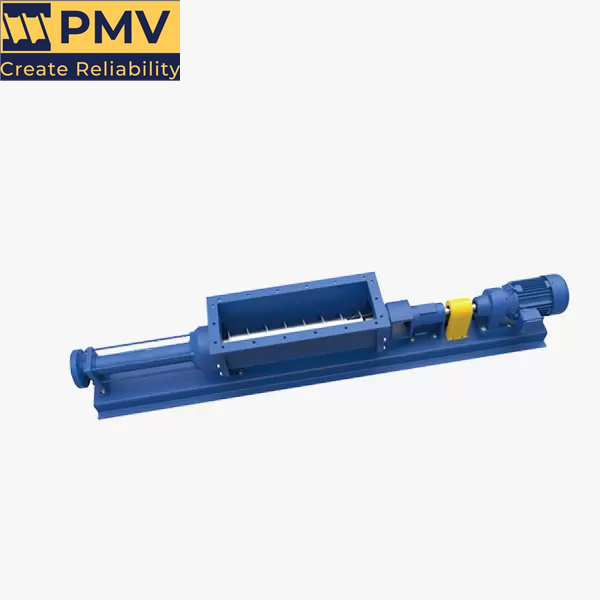What is a Screw Pump?
A screw pump is a type of positive displacement pump typically using two or more screws that intermesh to pressurize fluids and move them through the system. The movement of the liquid is created with the screws rotating on an axis creating positive displacement suction to help push the fluids from the inlet to the outlet where it can be discharged. The fluid pressure increases as it moves through the system before being ultimately expelled. Screw pumps are capable of handling viscous and cleaner, thinner fluids.
What are Some Applications that Utilize Screw Pumps?
Since screw pumps deliver the highest flow rate among positive displacement pumps they are perfect for moving viscous and demanding fluids, such as asphalt, oil, gas, and multi-phase liquids (liquid and vapor mixed together in a system). They are also popular in the manufacturing, food and beverage, wastewater, and mining industries. Single screw pumps (progressive cavity pumps) are designed for storm water pumping, sewage inlet pumps, drainage pumping and wastewater.
What are Types of Screw Pumps?
Single Screw Pumps – The single screw pump, widely known as a progressive cavity pump, is technically not in the category of screw pumps. They feature a rotor and stator that differ from the screw component found in screw pumps. The shaft in a progressive cavity pump is somewhat twisted resembling a screw.
Twin Screw Pumps – The twin screw pump, also referred as a double screw pump, functions by using two intermeshing screws. Due to a simple, but effective design, the screws don’t have to make contact with each other, which aids in extending the lifespan of the pump. They are ideal for transfer applications because of their high head and high flow attributes.
Triple Screw Pumps – Triple screw pumps are often used for smaller pumping systems, such as lubrication operations. They typically designate one driving screw interconnected with other screws to generate pressure and move fluid. A disadvantage of the triple screw pump is that the screws don’t come into contact with each other, which usually limits the pump to handling only clean liquids.
Four Screw Pumps – Four Screw pumps are basically combining two twin screw pumps together, but with two screws for each rotor in opposite directions. It works with the pumps absorbing liquid through the suction port and dividing the liquid evenly. The divided liquid is then routed to both pump ends. The two liquids flow with the help of the pump towards the center and reunite before being expelled from the discharge side. Four screw pumps are often utilized for oil transport pipelines and multi-phase applications.

Advantages and Disadvantages of Screw Pumps
Since screw pumps can be used for a wide variety of flow rates and pressures they are some of the most multifaceted pumps in the industry. They are capable of constant flow rates, have a controllable output and operate quietly and smoothly with low pulsation. They also have high volumetric efficiency and are capable of self-priming. One of the main disadvantages of screw pumps is that they can be expensive. This is due to the different rotating components involved and that they are often produced with the high quality materials to suit specific applications. Screw Pumps have low volumetric and mechanical efficiencies due to the nature of their design. They are also typically heavy, large units that are sensitive to viscosity changes of fluid.
How do screw pumps work?
Screw pumps operate using two counter-rotating screw rotors which are engineered so that they rotate “towards each other”. This traps the gas in the space between the “screws” of their rotors. As the screws rotate, this trapped volume decreases which not only compresses the gas but moves it towards the exhaust.
People Also Ask
Send Your Enquiry :


